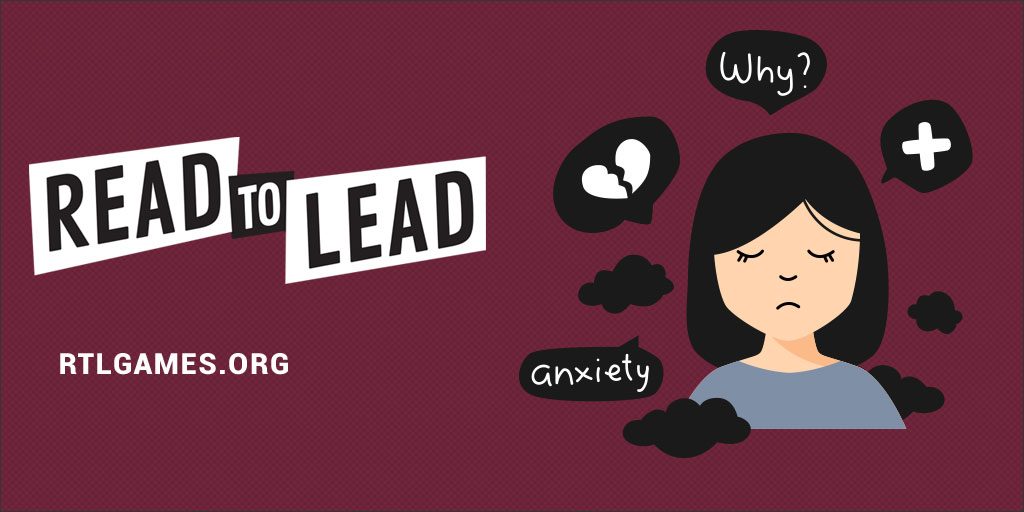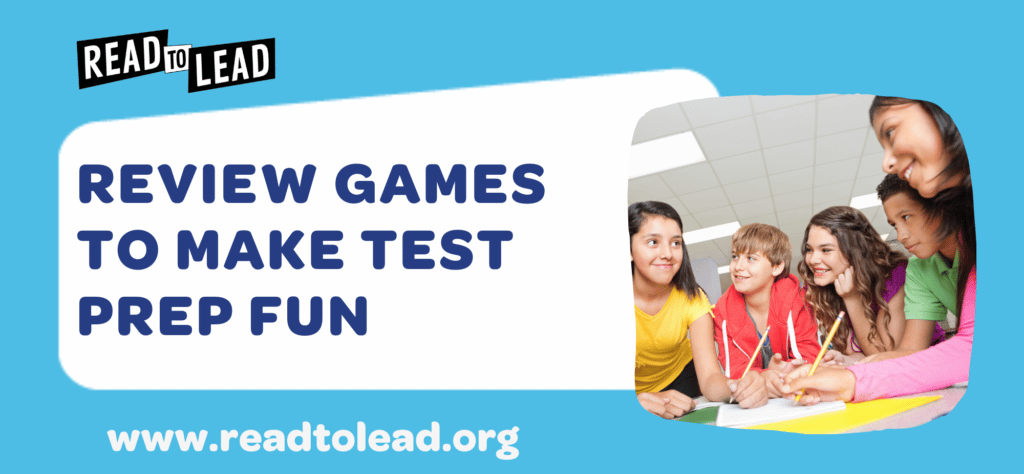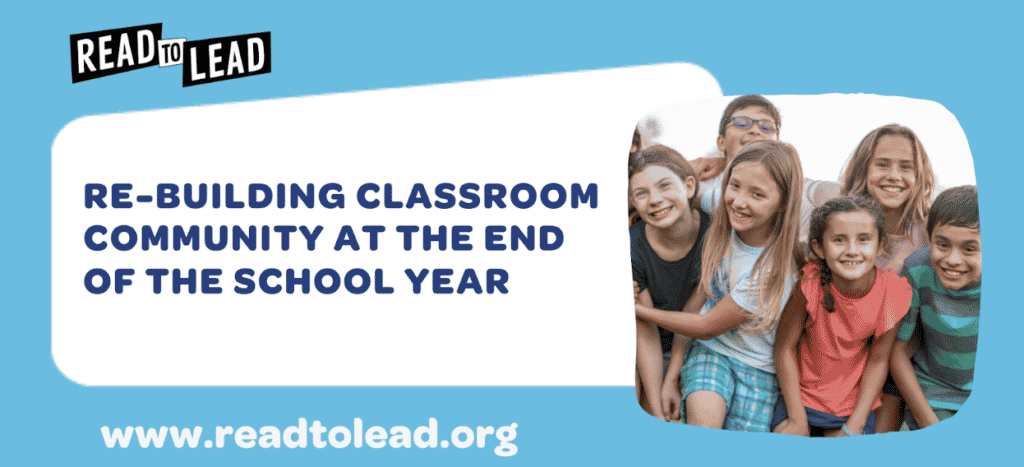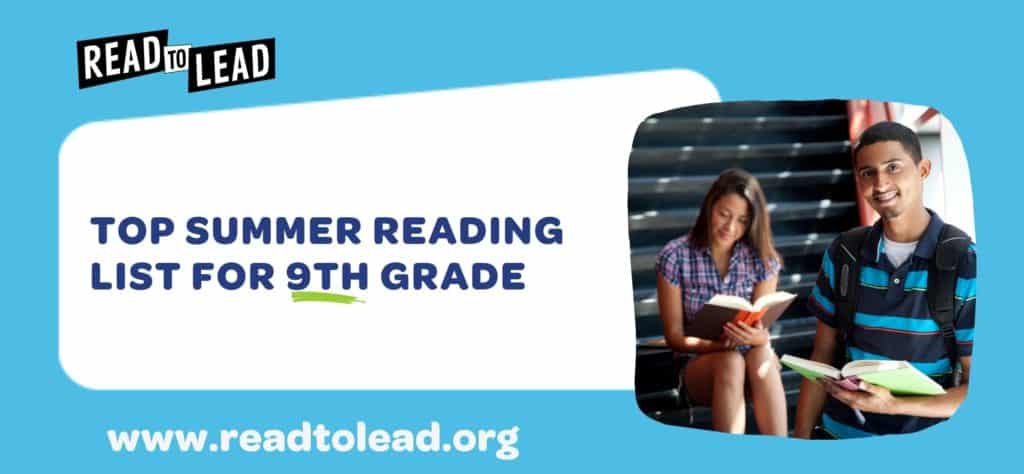Three ways teachers can better support their middle school students and ease anxiety, from breathing exercises to gamified learning.
With heightened demands for academic excellence and social changes (and stressors like bullying), it’s no wonder that 2.2% of American adolescents suffer from general anxiety disorder (GAD). The odds of one of your middle school students suffering from GAD is quite high, especially in our fast-paced competitive culture where studies have shown anxiety has been on the rise among children and youths since the 1950s and only around 20% of kids with a diagnosable anxiety disorder are getting the treatment they need.
Incredibly, studies have shown that anxiety can influence school performance just as much as ADHD and other learning disabilities and since an anxious brain can’t easily absorb new information or remember learned information, your student may be on the path to poor grades and low participation. The tricky aspect of anxiety is that it can affect each of your students differently, one student may constantly be interrupting or overtaking and another may look like they aren’t paying attention.
As an educator, what can you do when you notice a student or multiple students in your class exhibiting symptoms of anxiety? While we’re not mental health experts, we have three ideas on how to effectively implement mental health exercises to reduce student anxiety.
????️ Normalize Breathing Exercises
A great way to give a student a break is to routinely lead breathing exercises since your brain slows down when your breathing slows down. If you notice that one or more students are exhibiting anxiety symptoms in class, like shortness of breath, inflexibility, or defiance, for example, announce that it’s time for a 3-minute “breath break” where everyone sits still, closes their eyes, and takes deep breaths.
Guide them through a breathing exercise (here’s a great video for inspiration) and let them know this is a great way to take a mental break and diffuse anxious thoughts. By implementing this exercise on a daily or as-needed basis, you’re showing the class that everyone can get mentally and physically stressed and that all people, no matter their age, can greatly benefit from “breath breaks”.
???? Create Opportunities for Movement
Whether or not your school has a recess period for your students, it’s crucial to allow for physical movement throughout the day to help expel anxious feelings and energy. Guide your students through a series of stretches to give them a chance to move and release tension.
A short yoga routine is a great way to get them moving, we love this video since it’s simple, doesn’t require a mat, and can be done in all kinds of clothing. Another fun way to get your students motivated to move is to ask them to each submit their favorite song. After you find the songs on YouTube and screen the lyrics, let them know there will be a daily dance break; your students will love hearing their favorite tunes!
????️ Gamified Learning
The benefits of play-based learning are highly studied in early childhood education since it can help develop social and cognitive skills, so why aren’t more schools applying the same principles to middle school students? In our Read to Lead game, Vital Signs™: “High Anxiety”, your students encounter a patient who is exhibiting signs of anxiety.
In about 20-30 minutes of gameplay, your student will be empowered to assess problems by gathering information, analyzing the situation, and making an educated decision based on their findings. After the game is finished, we provide educators with worksheets and discussion questions like:
What are the dangers of self-diagnosing by searching on the Internet?
Why was it important for Sofia to acknowledge her anxiety on her own?
Why does Marianne suspect Sofia’s real problem is due to anxiety?
In Vital Signs: “Crash Course”, a man is suffering from emotions relating to a car crash and your student must decide whether or not to refer Pierre for PTSD therapy. In this episode discussions questions include:
According to Sasha, what signs of post-traumatic stress disorder, PTSD, is Pierre showing?
Why is Pierre more at risk to suffer from PTSD than others?
If you were Pierre, would you have admitted the true cause of the accident?
If you’re looking for a tool to start a conversation and mental health, click here to learn more about Read to Lead® and the resources we provide for teachers: bit.ly/platformreadtolead
About Read to Lead
Read to Lead uses the power of game-based learning to empower middle school students to build literacy, life, and career skills. Teachers can sign up for a free account to get started!



